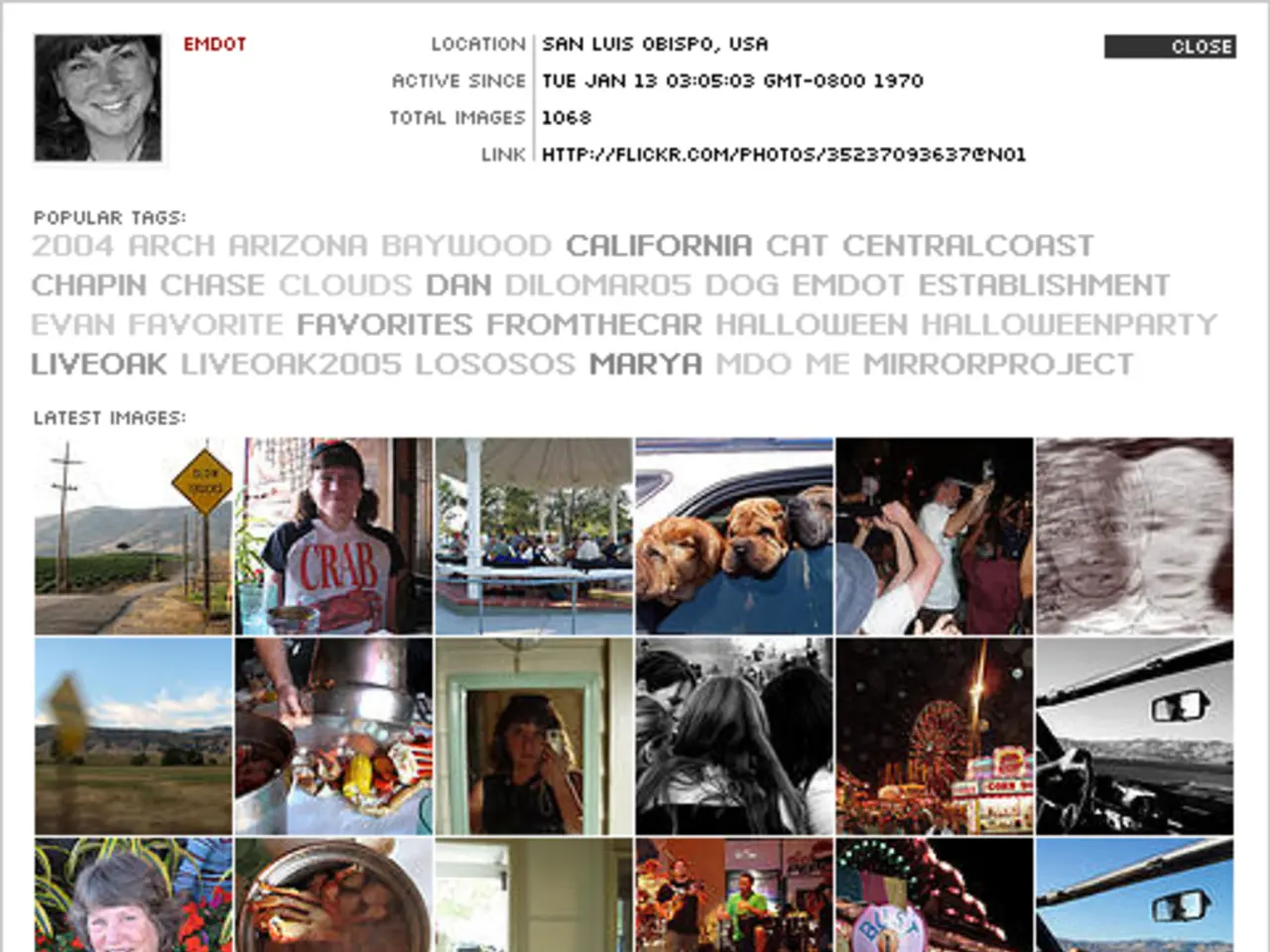Guide for Novices: Understanding the Various Kinds of Opal
In the vibrant and captivating realm of gemstones, opal stands out as a unique treasure. This dazzling gem, known for its mesmerizing play of colours, comes in two primary forms: precious opal and common opal.
Precious opal, often referred to as noble opal, is the star of the show. It is distinguished by its "play of colour," a dazzling, shifting rainbow of colours visible within the stone. This effect occurs due to the presence of tiny, perfectly arranged silica spheres that diffract light, creating colours that change with the viewing angle. This internal structure of uniform spheres arranged in neat rows acts like a diffraction grating, splitting light into spectral colours, making precious opals valuable and unique.
Common opal, also known as potch, does not display play of colour. Instead, it might appear milky, bluish, greenish, or have other solid colours but without the characteristic shifting colour flashes. Common opals lack the ordered silica sphere structure that causes colour play in precious opals. They come in various forms such as milk opal (milky white or bluish-green), resin opal (honey-yellow), wood opal (formed from fossilised wood), hyalite (clear, glass-like), geyserite, and diatomaceous earth opal.
The key differences between these two opal varieties lie primarily in their optical properties and internal structures. Precious opals, like black opal, crystal opal, and white opal, are prized for their vivid colour contrasts and translucency, enhancing their brilliance, while common opals focus more on solid colours and patterns without internal colour flashes.
This structural and visual distinction is the primary reason why precious opals command higher prices and are favoured for fine jewellery, whereas common opals are used more in decorative or less costly jewellery pieces. For instance, some of the more sought-after common opal comes from Peru, particularly from the provinces of Ica and Caraveli.
Opal is separated into two groups: common opal (also known as potch) and precious opal (also known as noble opal). Fire opal, an intense orange variety of opal, is another intriguing variety. Some opal composites, such as doublets and triplets, are made with a dark opaque backing to give the appearance of black opal.
Dendritic or Moss Opal, a variety of common opal with moss-like inclusions formed of different iron minerals, and Matrix Opal, found near Yowah in Queensland, Australia, and forming as a fine network within the host rock, are other fascinating opal varieties.
Opal can be found in various locations worldwide, including Cornwall, Canada, Australia, Siberia, Ethiopia, Madagascar, and more. However, Black Opal, with a black body colour and little to no opalescence, is the most desirable variety of opal. It is found primarily in Lightning Ridge, Australia, but can also be found in Hungary, Honduras, and the USA.
Water Opal, the colourless variety of precious opal, can have a soft appearance. The best examples are from Mexico, with other localities including Australia and the USA. Agate Opal, a variety of common opal that forms in opalized fossils or in veins, is another intriguing opal variety.
It is essential to note that composites, simulants, and treatments exist as other forms of opal imitations. Doublet, a composite of two parts glued together, consists of a slice of opal on a dark opaque backing made of plastic or another gem material. Ironstone is used in some instances to mimic the host rock of boulder opal. Hyalite, a translucent variety of opal that doesn't display a play of colour, is another interesting opal variety.
Triplet, similar to a doublet, has a thin slice of opal crowned by a transparent colorless domed cabochon made of quartz, plastic, or glass. This protects the opal and works as a magnifier for the play of colour.
In conclusion, opal, with its captivating play of colours and diverse forms, continues to enthrall gem enthusiasts worldwide. Understanding the differences between precious and common opals can help in appreciating the unique beauty and value of each variety.
- Precious opal, also known as noble opal, is sought after for its dazzling play of colors and uniform spheres that act as a diffraction grating.
- Courses and workshops in gemmology can provide valuable insights into the internal structures and visual properties that distinguish precious opal from common opal.
- Publications focusing on education and self-development, particularly those related to fashion-and-beauty, home-and-garden, and travel, can feature articles about the unique lifestyle associated with precious opal jewelry.
- Networks of gem dealers, educators, and enthusiasts can be essential resources for discovering new knowledge about various opal varieties, such as fire opal, dendritic or Moss Opal, Matrix Opal, and Agate Opal.
- Food-and-drink establishments may showcase precious opal pieces in their decor, drawing on the subtle elegance and captivating beauty of these unique gems.
- As a part of a well-rounded education-and-self-development journey, one might invest in courses that delve into the history, geology, and cultural significance of opals, including precious opals and other opal varieties like Water Opal and Hyalite.




